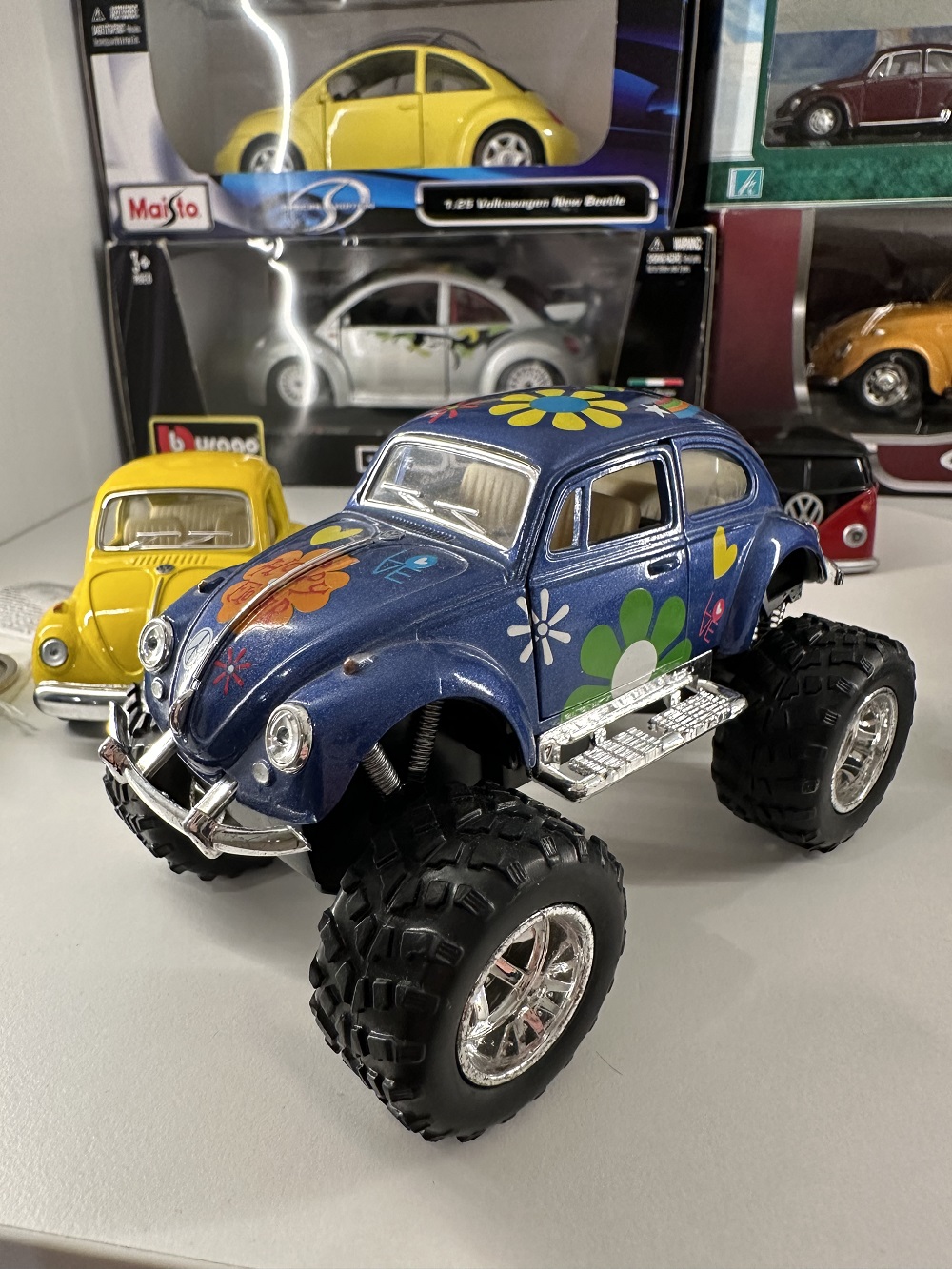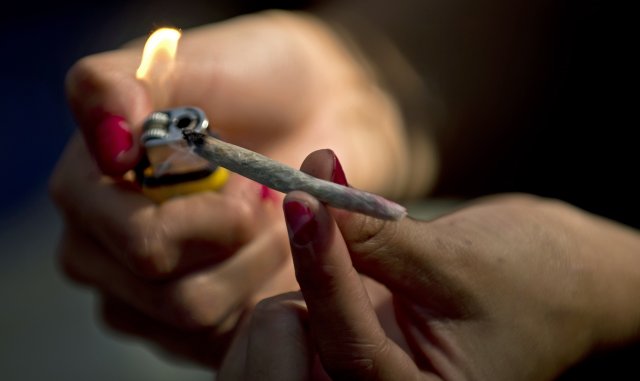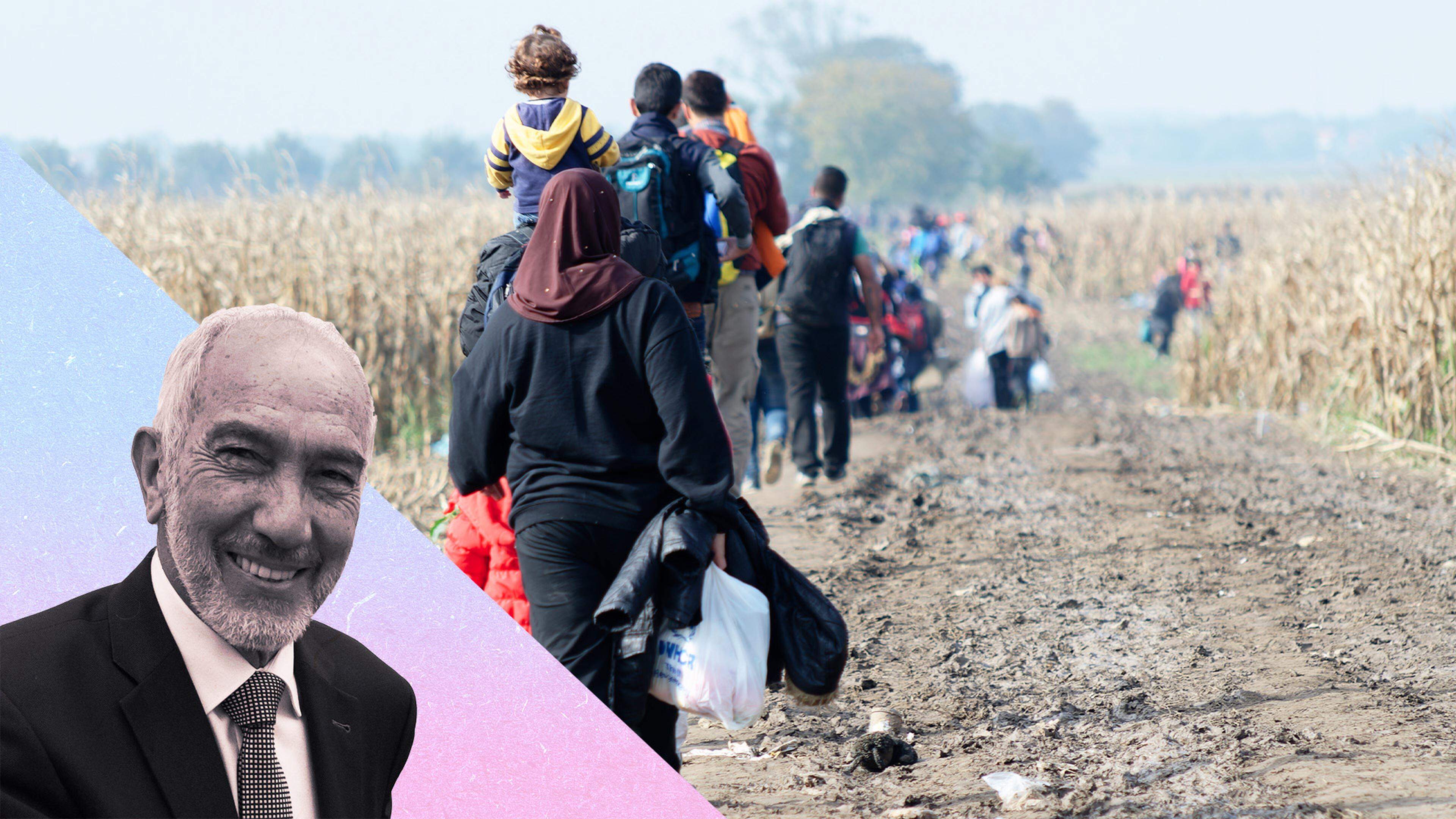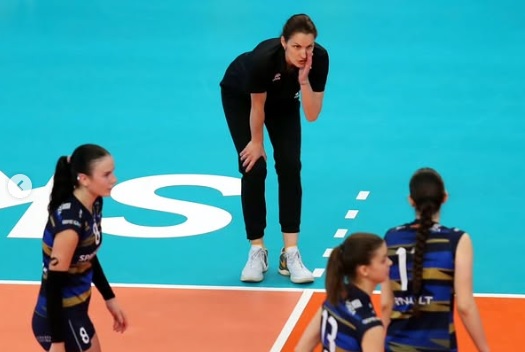What substances are the most commonly poisoned?

In order to avoid harm
According to the State Medicines Control Agency (IWC), specialists of the Pharmacological Wake and Poisoning Information Division, warming weather and the start of the spring -summer season are usually associated with a higher risk of chemical poisoning. Fertilizers, pesticides, household chemical cleaning agents are more commonly used. In order to prevent poisoning with these substances, they must be used as specified in the manufacturer’s recommendations, as well as to remember to use the proposed eye, respiratory and skin protection products, to speak, to wear glasses, masks or respirators, gloves.
According to specialists, poisoning can only be avoided if there are no dangers of using one or another substance. It is also very important to pay properly and urgently to provide the necessary assistance.
The number of patients has increased
The number of poisoning inpatient health care institutions treated in inpatient health care facilities has increased from 1,765 cases in 2020. up to 2 326 cases in 2024.
66 % of all patients treated in inpatient health care facilities last year were men, 34 %. – Women. On average, about 20 percent each year. All poisoning consists of children’s poisoning. 2024. 455 children under the age of 18 were treated in inpatient institutions. Traditionally, children under one year and three are most commonly poisoned. This is associated with the behavior of children in this age group, when they taste everything when exploring the environment, so such poisoning should be regarded as random. As children grow, poisoning is evenly decreasing until the growth trend of poisoning is once again observed from about 10-12 years. The increase in poisoning in a group of teenagers is determined by the abuse of alcohol, psychotropic substances and medications that began at this age. It is also worth emphasizing that both adults and children are mostly intoxicated with alcohol, drugs and narcotic drugs.
Age: Every fifth inpatient poisoning person is a minor teenager, usually poisoned by children under one year and from one to three years. / Photo by Freepik.com
Behaves more cautiously
A positive change is observed to evaluate drug poisoning, with a decrease in drugs every year. 2024. Inpatient health care facilities have been treated with 493 patients due to drugs. 2020 such patients were 541. On average, 30 percent. Patients with medication consisted of children. Most often, children are poisoned by medicines used by their parents and grandparents, or they may also be inadequate medicines for children. The circumstances of the adult poisoning are much more diverse: they are confused drugs, their inappropriate dose, consumption without complying with the safety requirements specified in the package leaflet, intentional intoxication. The structure of drug poisoning by drug therapeutic groups would be as follows: most of the part consists of psychotropic poisoning, epilepsy, sedative sleeping pills and other psychotropic drugs, as well as neopioid analgesics, antipyrenetics and antiureumatic drugs, drugs affecting the cardiovascular system, systemic and hematologies.
Increase in poisoning in a group of teenagers is caused by abuse of alcohol, psychotropic substances and medications that have begun at this age.
Thousands of consultations
Each year, the Pharmacological Wake and Poisoning Information Unit provides more than 3 thousand. telephone consultations, most of which are consulted in suspicion of intoxication or in the event of intoxication. 2024. 3 228 consultations were provided. 45 % of all 2024 The above -mentioned LSCS departments are residents and specialists of other institutions, the rest – 55 %. – Personal health care professionals who also consult various issues related to poisoning. The most consulted on drugs (41 %), household chemistry (13 %), pesticides (5 %), other substances, (5 %) mushrooms (4 %), petroleum products (4 %), food / food additives (3 %), plants (3 %).
What to do after poisoning
The general principles of first aid are quite simple in poisoning. If the chemicals have been eaten and the person is conscious, a glass of water can be heard. The amount of water for the child is calculated on the basis of body weight and is given about 5 ml of 1 kg of body weight (for example, if the child weighs 10 kg, he should drink about 50 ml of water). If the chemicals are in the eye, the damaged eye should be washed immediately for 15-20 minutes under running water, lifting the eyelids. Once on the surface of the skin, wash with water with soap. If toxic substances are inspired, first aid is fresh air.
Where should I apply?
In all cases where poisoning is suspected, it is best to call the IWT Pharmacological Wake and Poisoning Information Unit immediately (tel. +370 5 236 20 52). Toxicologists working here advise around the clock. It is also necessary to call for an ambulance immediately.







:format(jpeg):fill(f8f8f8,true)/s3/static.nrc.nl/bvhw/wp-content/blogs.dir/114/files/2022/06/vries-marijn-de-2022-05-02-1280-web.png)
